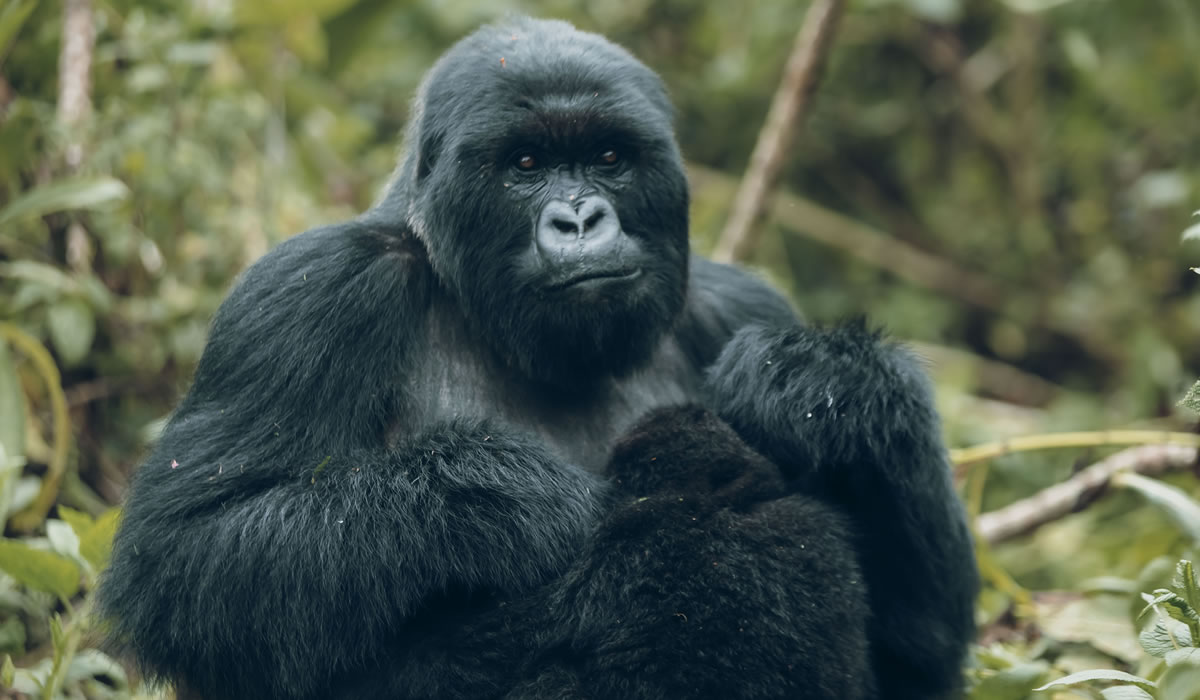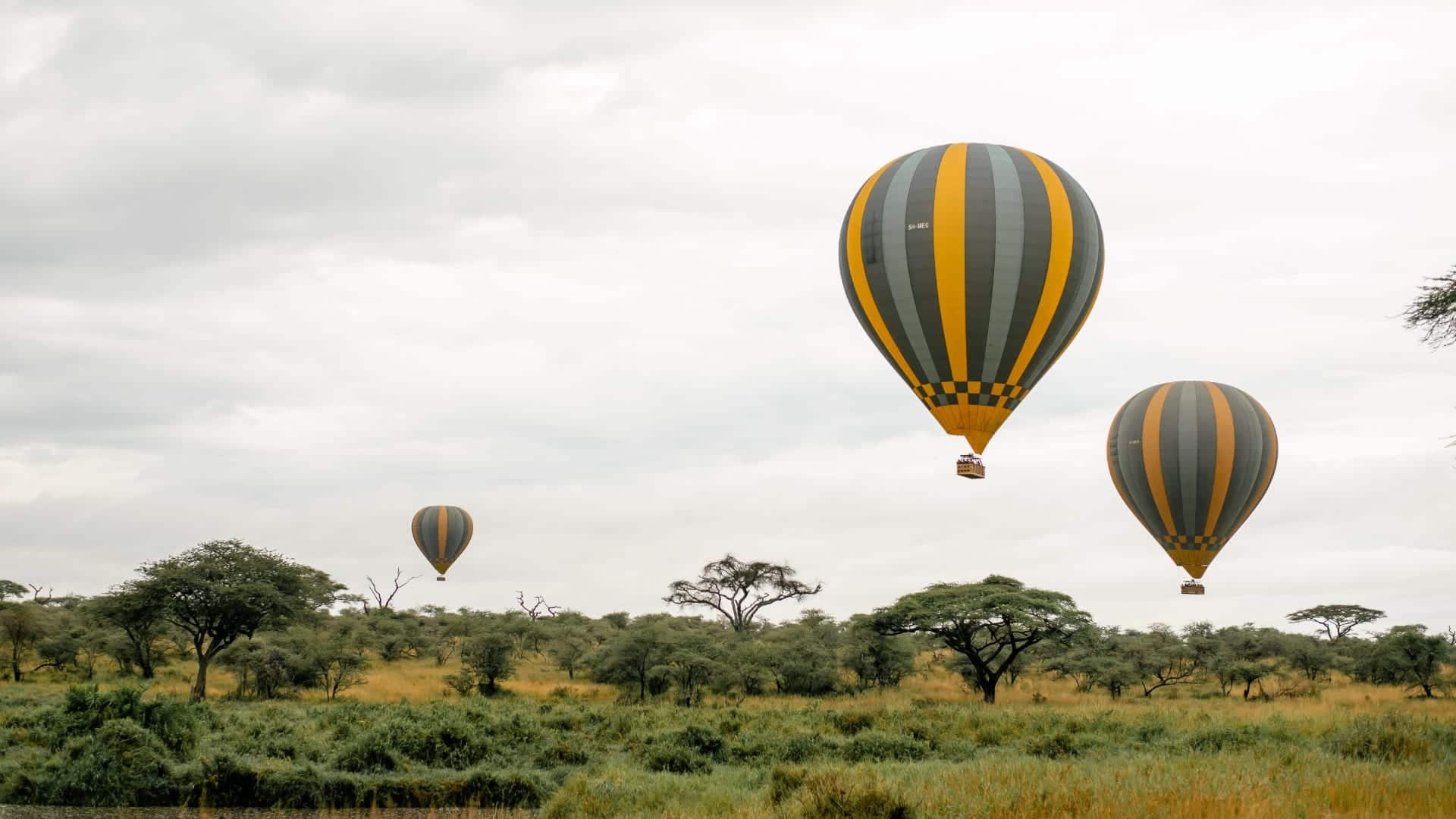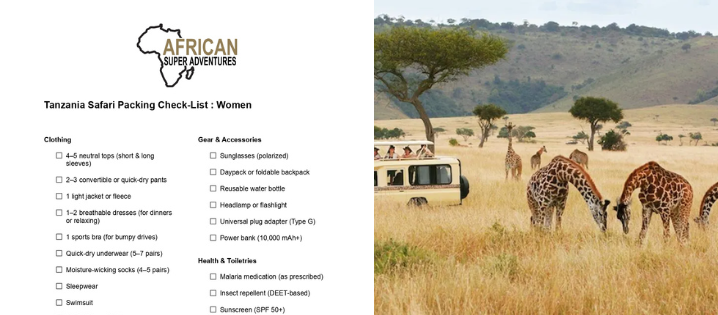At African Super Adventures, we’ve seen the look on our clients’ faces after a balloon…

Are Gorillas Friendly? Understanding Gorilla Behavior
Are Gorillas Friendly? Understanding Gorilla Behavior in the Wild
Gorillas, often portrayed as fierce giants in popular media, are among the most fascinating primates on Earth. But are gorillas truly friendly? The answer lies in understanding their complex social structures, their individual personalities, and the environments they live in. Drawing from our extensive experiences with mountain gorillas and recent scientific studies, we explore the nuances of gorilla behavior to shed light on this question.
Rwandan mountain gorillas, studied extensively for their personality traits, have been seen to exhibit Sociability and Openness, qualities that may explain their remarkable adaptability to tourism. For example, silverbacks scoring high in Dominance (a personality dimension linked to leadership) are more likely to lead their groups to grazing areas near tourist trails, subtly integrating human presence into their routines.
In Volcanoes National Park, researchers observed that groups with confident silverbacks showed less stress during tourist visits (Eckardt et al., 2015). These males often displayed relaxed behaviors, such as grooming or feeding while tourists observed, signaling to younger group members that humans posed no threat. Over generations, this learned tolerance could become ingrained, fostering populations that thrive in protected zones where tourism and conservation intersect.
Just like humans, gorillas are naturally very social animals. In the wild, western lowland gorillas (Gorilla gorilla gorilla) live in tight-knit groups where cooperation and social cohesion are critical for their day to day survival. A study on rehabilitated juvenile gorillas revealed that their diet directly impacts group dynamics (Le Flohic et al., 2015). During periods of high fruit consumption, which is for them a time of abundant energy, younger gorillas spent more time playing and staying close to one another. Group cohesion was strongest when sugary fruits were the most plentiful. On the other hand, when diets shifted to leaves , feeding time increased, play diminished, and individuals drifted apart. This highlights a key point: gorillas are most “friendly” when their basic needs are met, allowing them to engage in social behaviors like play.
Gorillas are generally social animals that show friendliness through behaviors like grooming, playing, and maintaining close proximity to preferred group members. Their interactions are influenced by age, social status, and life history. Younger gorillas are typically more playful and socially active, while older individuals may form calmer but lasting bonds. (Sweet & Cheyne, 2023).
Friendliness among gorillas is not distributed evenly—some individuals are more socially connected than others. Familiarity plays a key role: gorillas that grow up together or share a close family bond often remain affectionate into adulthood. Even among adult females, strong relationships are more common when there is a shared history, while unrelated individuals may interact less frequently. (Harcourt, 1979).
Whether in the wild or in captivity, these patterns highlight that gorilla social behavior is flexible and deeply shaped by context.
So, are gorillas friendly? In Rwanda, silverbacks lead their groups with a blend of authority and adaptability, while younger gorillas learn to navigate a world where humans are allies, not adversaries. This synergy isn’t accidental, it is the result of decades of community-led conservation, ethical tourism, and scientific research.
By visiting Volcanoes National Park through responsible platforms like African Super Adventures, you support a future where gorillas continue to evolve alongside us, not in captivity or conflict, but in wild, vibrant landscapes that honor their legacy and ours.
Have a look at our Gorilla Tracking Safaris


